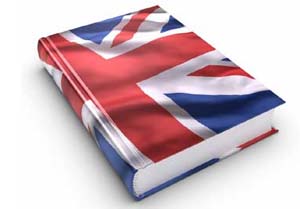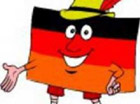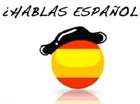WILLIAM
BLAKE
William Blake
was born in London in 1757, his family was poor so he didn't receive any formal
education. During all his life he had visions and his works was inspired by
"Spirits" who talked to him. He became an apprenticed to an engraver. Drawing
and engraving became, with poetry, his most powerful means of expression. He
married Catherine Boucher. He developed an original technique to print his
drawing and poems, the "Illuminated Printing" because this technique had been
suggested by his brother Robert during a vision. He became ill and died in
1826.
William
Blake was an independent artist, poet and engraver. Blake was often defined a
madman by his contemporaries. He came after a period in which reason, balance,
order, form and judgement were given the greatest importance. He was
enthusiastic about the French Revolution and its principles. He criticized the
England of his time where people were imprisoned by a corrupt system. He
believed in a spirit of universal brotherhood and where there not radical and
social barriers. His disillusionment with the results of French Revolution did
not stop him. For him the man's highest faculty was imagination. His poems were
divided into Songs of Innocence and Songs of Experience. The first part regards
the state of innocence and purity. The second part analyses the experience, a
degraded state which destroys innocence but inevitable and necessary. The
language of the songs, simple but effective, visualizes Blake's ideas.
The
lamb is the symbol of good, love and tendernesses; it also represented
childhood; a state free from corruption in opposite to the tyger, the symbol of
the adulthood, inevitable experience of life, full of suffering and
unhappiness. In "The Tyger" the poet is in a state of awe in front of the
special qualities of the tyger. The tyger remains a mystery in which evil and
good are united in harmony. The rhythm of the poem underlines the energy and
power the animal represents.







